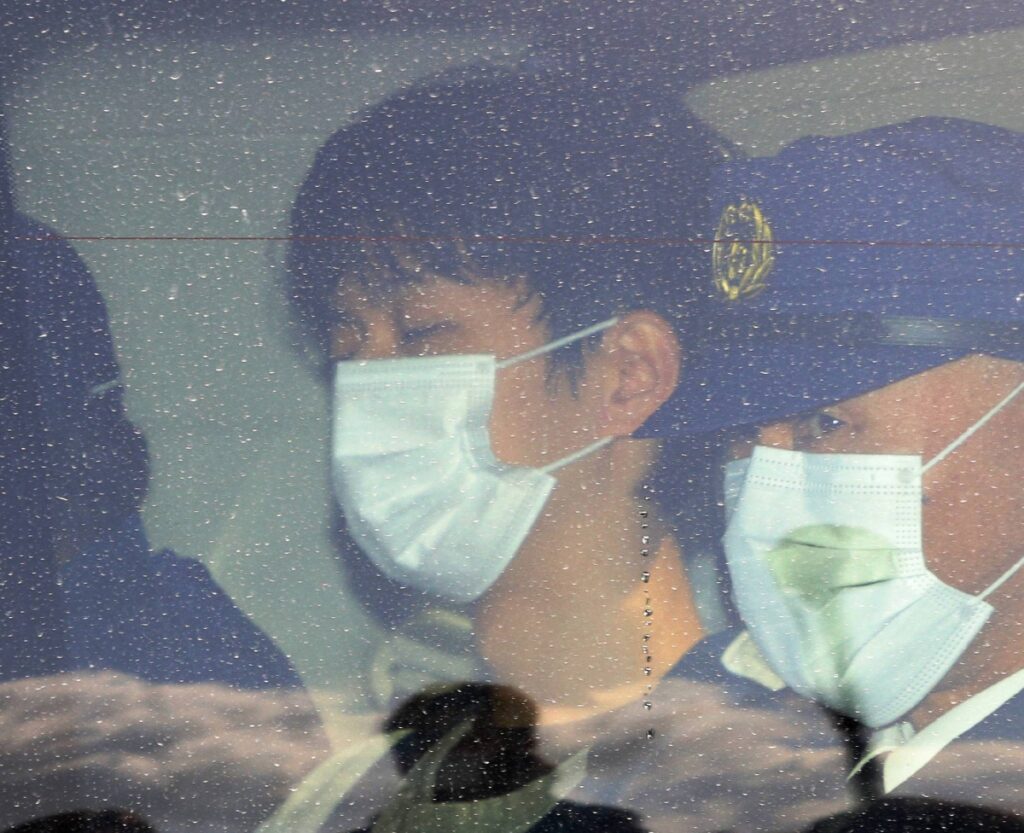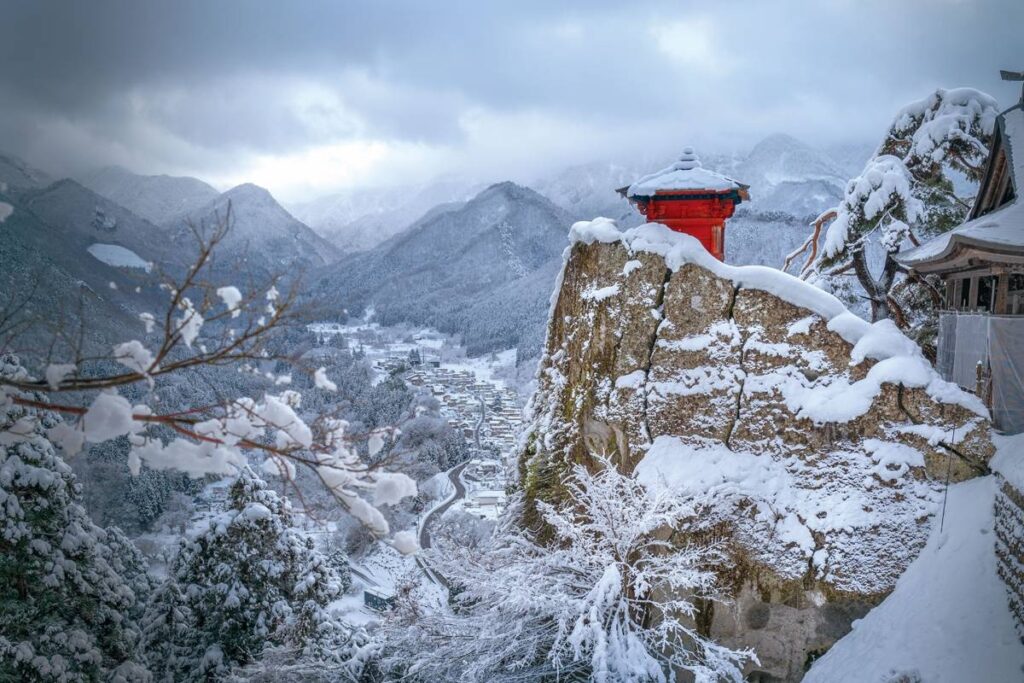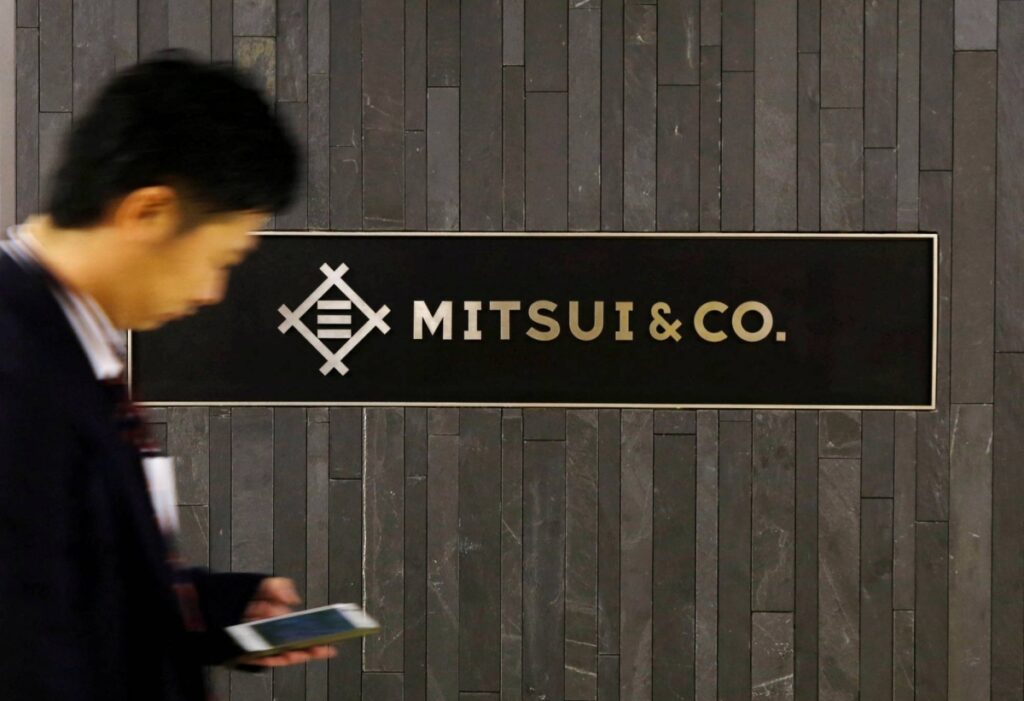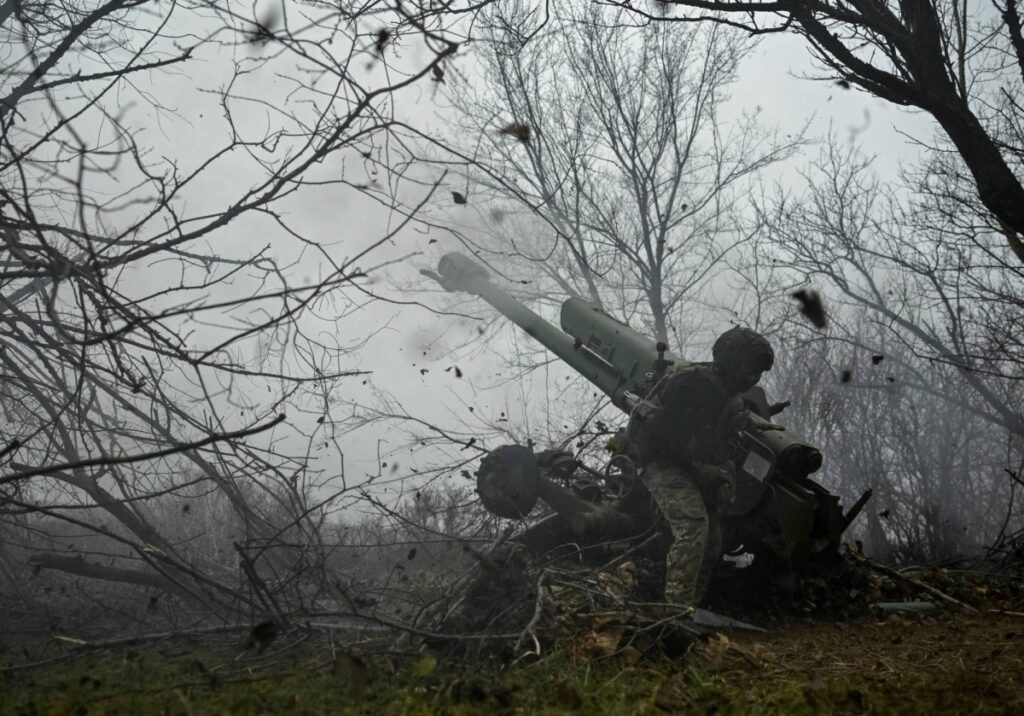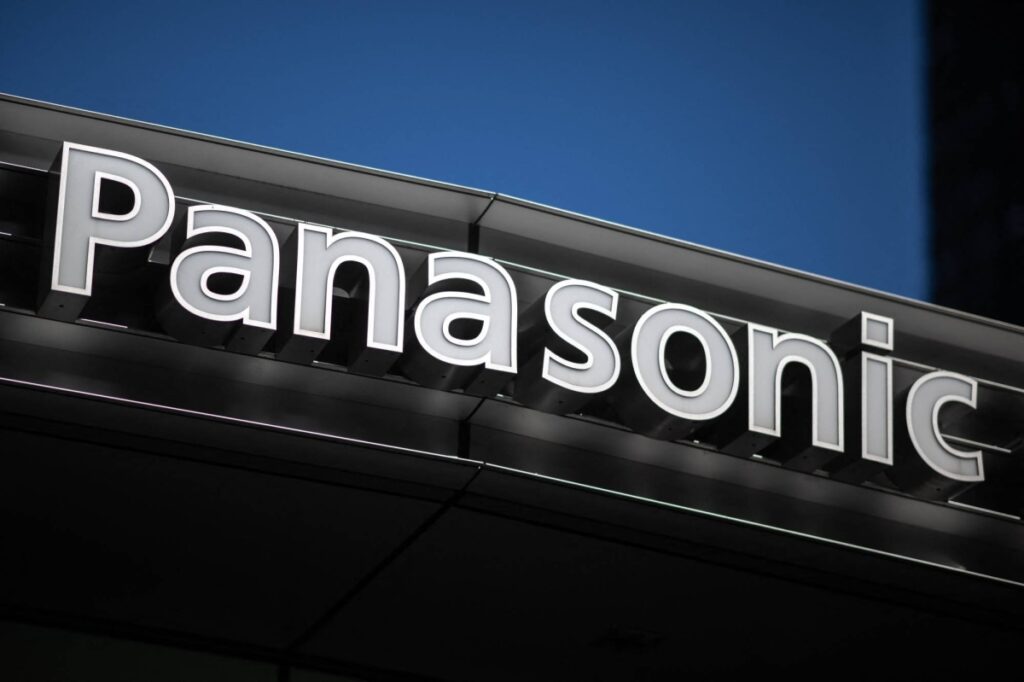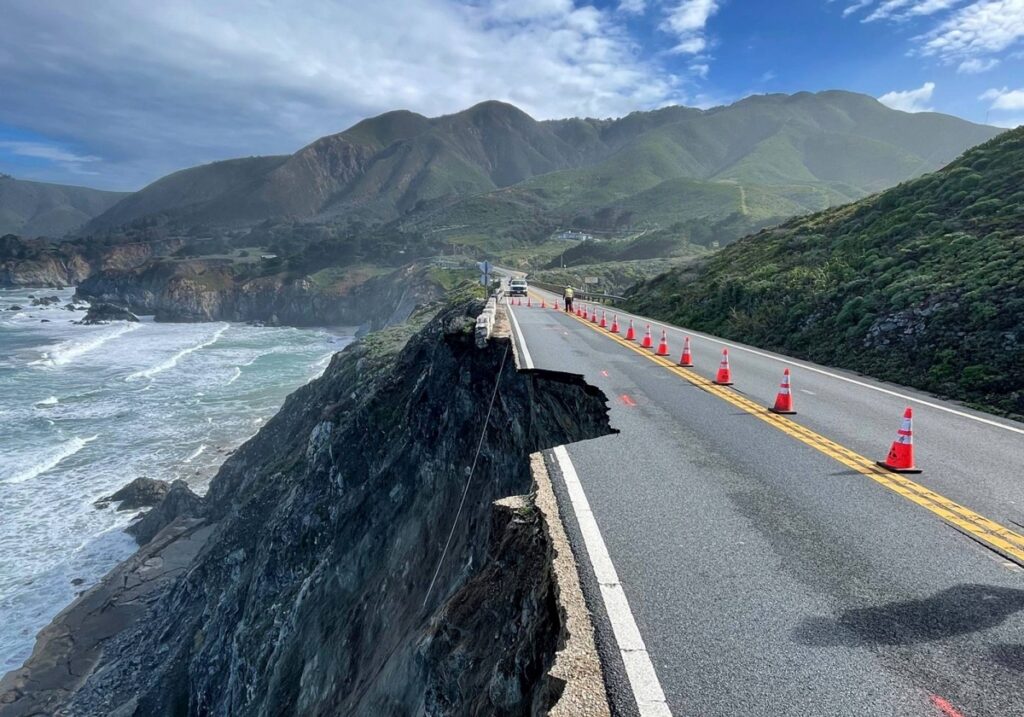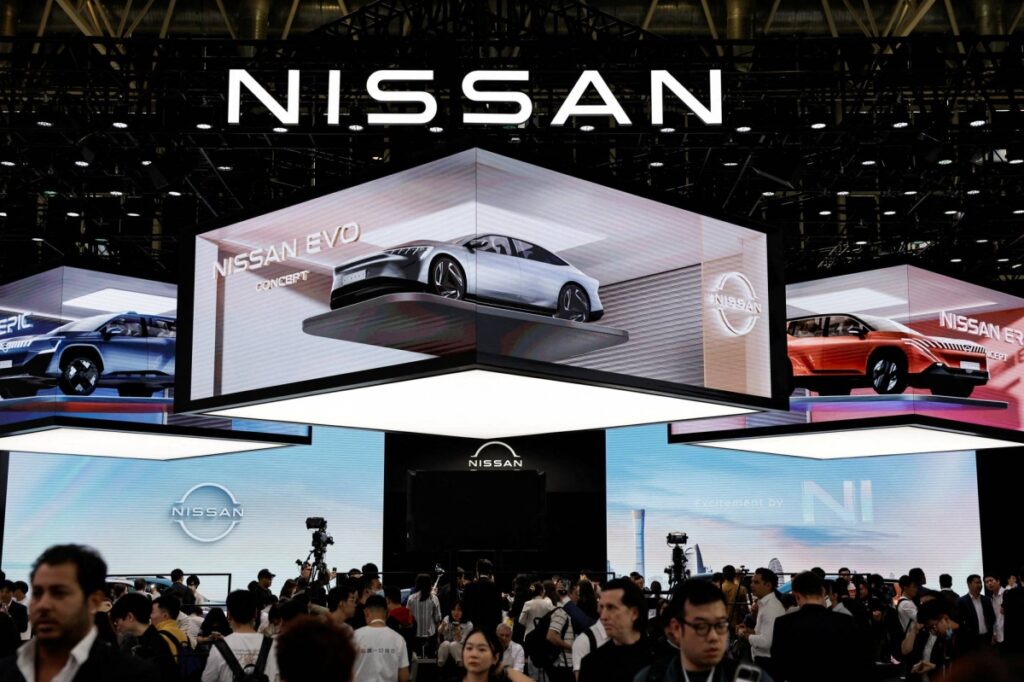Each year between mid-November and April, winter sports fans from around the world flock to Japan for the country’s renowned powder snow. Aussie snowboarders, in particular, have made Niseko in Hokkaido and Hakuba in Nagano their winter homes, escaping the hot summers Down Under. But over the years, these well-known ski resorts — Nagano’s Nozawa Onsen is another — have become more foreign than Japanese as the towns adopted a more international vibe to cater to the influx of tourists. One overlooked ski resort in Yamagata Prefecture, however, offers a more local experience, balancing its long history as an onsen town and sightseeing destination with some of the longest ski runs and best powder snow in Japan. Zao Onsen Ski Resort, located in the city of Yamagata, has long been known for the photogenic “snow monsters” that inhabit its mountains in winter. Called juhyō, these surreal, otherworldly shapes form when freezing winds from the Sea of Japan coat fir trees with layers of ice and snow. With the rise of social media, the number of tourists visiting Zao simply to take a snap of this unique landscape has surged. But what many of these day-trippers overlook is the area’s excellent skiing opportunities and the charm of its traditional onsen hospitality. The hot springs in Zao were discovered 1,900 years ago, and during the Edo Period, the waters became famous for their therapeutic benefits, thanks to their high sulfur content and natural acidity. Today, Zao Onsen is home to around 80 ryokan and hotels, many of which offer a classic onsen experience, with meals served in-room and private indoor or outdoor baths. Several public onsen are also available in town, including three unmanned bathhouses — two of which are on Takayu-dori street near the bus terminal. This pleasant shōtengai (shopping street) has faced hard times in recent years, with many elderly shop owners closing their businesses — a trend hastened by the lack of customers during the pandemic. Recently, however, the street has been revitalized as a new generation of shopkeepers move in, bringing fresh ideas while carefully preserving its quaint Japanese charm. At the lower end of Takayu-dori, you will find the newly established Manju Yunoka Cafe, which serves coffee and local specialties such as manjū (hot spring buns), and skewers of tama konnyaku (balls of konjac jelly simmered in soy sauce). In the evening the cafe transforms into a tachinomi (standing bar) for those looking for some apres-ski refreshments. Right next door is Zao Onsen Shokudo, a new venture by a chef from Tokyo that serves Japanese-style lunch sets (teishoku), with plans for fine dining at night in the near future. Further along the street, which is heated in winter to ensure it remains clear of snow, is Zao Onsen Yutabiya Takayudo, which sells a variety of onsen-themed souvenirs from around Japan, and Takayu Onsen Parlor, where you can participate in traditional onsen activities such as table tennis or pick up a soda to drink while soothing your feet in the mineral-rich footbath across the road. At the top of Takayu-dori are stairs leading to Sukawa Onsen Shrine, which are particularly beautiful in winter as steam from the hot springs adds a soft, misty atmosphere to the snow-covered scene — and gives a slightly eggy, but not unpleasant, aroma to the cold air. It is this traditional onsen-town feel that sets Zao apart from other ski resorts in Japan, but the skiing and snowboarding here are also exceptional. With 32 lifts scattered across 14 slopes and 12 courses — including one that stretches 10 kilometers — Zao is one of the largest ski resorts in Japan, catering to skiers and snowboarders of all levels. Zao Onsen is popular among locals and tourists for its ski slopes. | YAMAGATA To see the juhyō, ride the Sanrokusen and Sanchusen ropeways to the top of the mountain, or book a Nightcruiser snow tractor ride to view the illuminated trees at night. On clear days, queues for the ropeway can stretch up to two hours, so purchasing a priority ticket online is highly recommended. From the top, you can either ride the lift back down or ski along the resort’s longest course, which takes you up close to the snow monsters. For regular runs, the less crowded Chuo Ropeway is a great option, and the Sora Mado 1387 Cafe offers breathtaking views of Diamond Valley, along with croissants that are simply enormous. Another advantage Zao has over more remote ski resorts is its accessibility. After taking a shinkansen to Yamagata Station, it’s just a 30-minute drive to the resort, and buses are also available. This means staying at a hotel in the center of the city is a convenient option for travelers. While in Yamagata, a day trip to the village of Yamadera is highly recommended. About a 40-minute drive from Zao, or just 16 minutes on the Senzan Line from Yamagata Station, Yamadera (meaning “mountain temple”) is home to the historic Risshaku-ji Buddhist temple complex. Visiting here in winter is magical. The mountain forest is blanketed in snow, and the temple buildings perched atop the cliffs appear to float among the frosted trees. At the entrance to the temple grounds sits the impressive Konpon Chudo Hall, the oldest cedarwood building in Japan and a designated Important Cultural Property. Built in 1356, the hall houses several Buddha statues over 1,000 years old and 600 volumes of Edo Period sutras. Risshaku-ji’s head priest, Seiden Kiyohara, explains that the temple is also home to the Eternal Flame, brought from Kyoto’s Enryaku-ji Temple 1,100 years ago, which has been kept burning ever since. The grounds of Risshaku-ji once contained over 100 temple buildings, of which about 30 remain, including Okunoin Temple at the top of the 1,015 steps that wind their way up the mountain. It is said that as visitors ascend they are steadily released from their earthly desires, and it was along this path that the poet Matsuo Basho composed one of his

